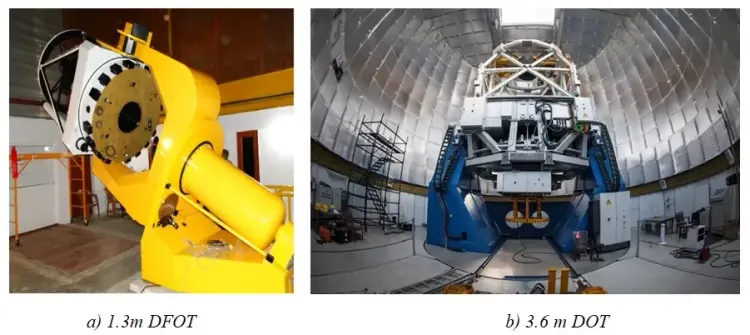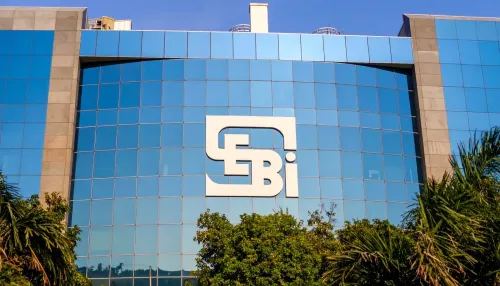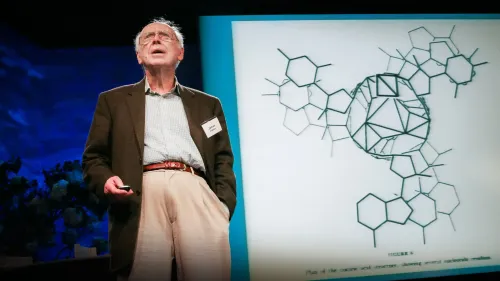Indian Telescopes Illuminate the Mystery of ‘Middleweight’ Black Holes

Synopsis
Key Takeaways
- Aryabhatta Research Institute of Observational Sciences (ARIES) has detected an intermediate-mass black hole (IMBH).
- The IMBH is located in the faint galaxy NGC 4395.
- Gas clouds orbit the black hole at 125 light-minutes.
- The IMBH has a mass of approximately 22,000 times that of the Sun.
- Advanced techniques are essential to uncover more IMBHs.
New Delhi, April 17 (NationPress) Astrophysicists from the Aryabhatta Research Institute of Observational Sciences (ARIES), an autonomous entity under the Department of Science and Technology (DST), have triumphantly identified and assessed the characteristics of an intermediate-mass black hole (IMBH).
This elusive IMBH is located in a dim galaxy known as NGC 4395, approximately 4.3 million light-years from our planet.
Utilizing the 3.6m Devasthal Optical Telescope (DOT)—the largest optical telescope in India—the research team discovered that gas clouds orbit the black hole at a distance of 125 light-minutes (roughly 2.25 billion kilometers) traveling at a velocity dispersion of 545 km per second.
“This discovery enhances our comprehension of how black holes, particularly those ranging from 100 to 100,000 solar masses, evolve and interact with their environment,” stated the scientists.
For numerous years, astronomers have been on the lookout for a missing connection within the cosmic black hole hierarchy: the elusive Intermediate-Mass Black Holes (IMBHs).
It is believed that IMBHs serve as the foundational seeds that develop into supermassive black holes. Their faint characteristics and placement within small galaxies hinder their observation.
In contrast to their more massive counterparts, they lack bright emissions unless they are actively accreting matter, necessitating advanced observational methodologies.
The team of astrophysicists, led by Shivangi Pandey, examined NGC 4395—a low-luminosity active galaxy that harbors one of the faintest actively consuming black holes ever detected.
They employed the 3.6m DOT, along with its indigenously created spectrograph and camera ADFOSC, in addition to the smaller 1.3m Devasthal Fast Optical Telescope (DFOT) situated at the Devasthal Observatory of ARIES in Nainital, Uttarakhand.
The team continuously monitored the object for two nights using both telescopes and implemented a unique technique known as spectrophotometric reverberation mapping.
This method gauges the delay between light emitted from the black hole's accretion disk and the surrounding gas clouds (broad-line region). This delay, or time lag, unveiled the size of the region and assisted in calculating the black hole’s mass, as reported by the team.
The findings, published in the Astrophysical Journal, indicated that “the IMBH has a mass equivalent to about 22,000 times that of the Sun, ranking it among the most accurately measured intermediate-mass black holes. The black hole consumes matter at merely 6 percent of its maximum theoretical rate.”
“The quest for additional IMBHs is far from concluded. Larger telescopes and sophisticated instruments will play a crucial role in discovering these cosmic middleweights,” remarked Dr. Suvendu Rakshit, a scientist at ARIES.









